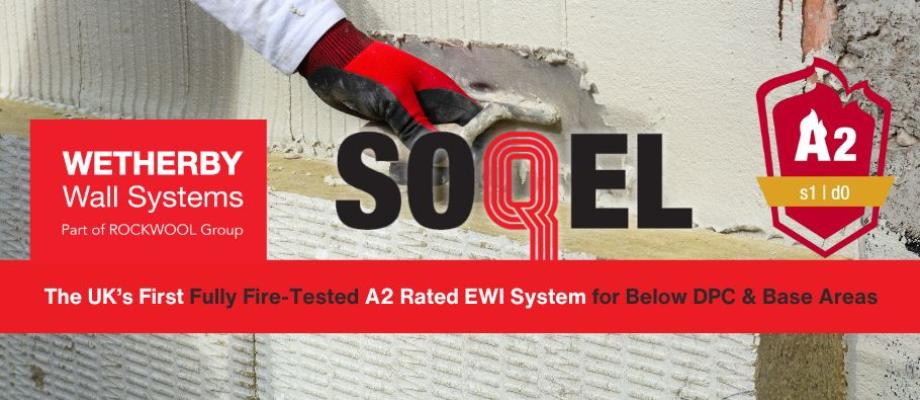Government response to building safety consultation results in major changes

Following extensive review, the Government has responded to a 2020 consultation reviewing the ban on the use of combustible materials in the external wall systems of buildings.
There will be several major changes to the Building Regulations and Approved Document B as a result and these will significantly impact how many within the construction industry operate.


















